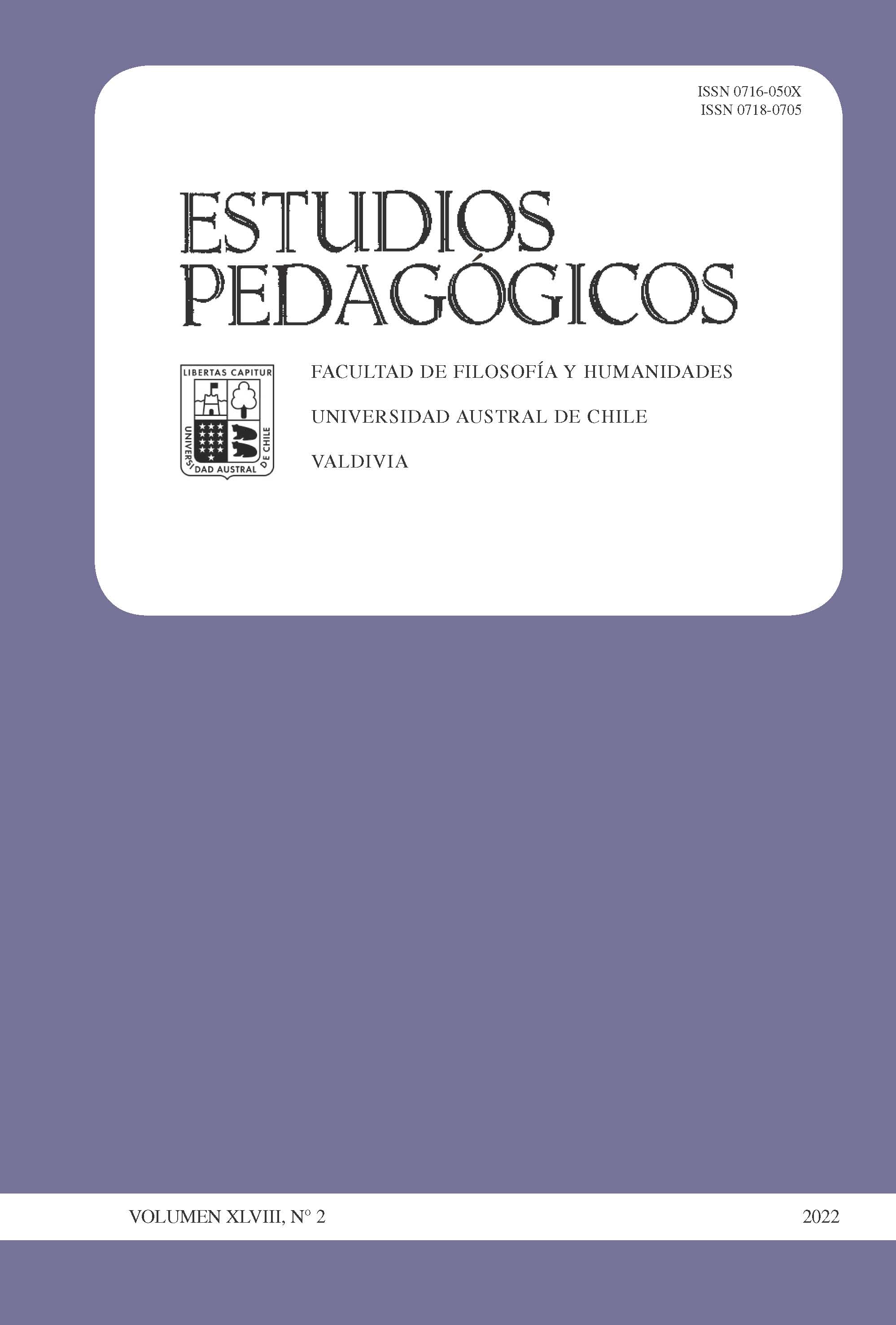The intersubjective relationships as a factor that enhances the learning process
Main Article Content
Abstract
The article examines the way intersubjective relations and physical scaffolding are resources which contribute and maximize learning in students of high school. The theory of situated cognition was taken as a basis to realize that the cognitive act is constructed in a historic, social and cultural world which involves the use of scaffolding and intersubjectivity. With a qualitative methodology with an exploring-descriptive reach and with information recollecting techniques as a field diary, semi structured interview and focal group, it was possible to demonstrate that a scaffold has a functional use to achieve concrete activities, but the intersubjectivity transcends all the scholar experience and the learning obtained from there has senses and meanings that impact the life of each student.

